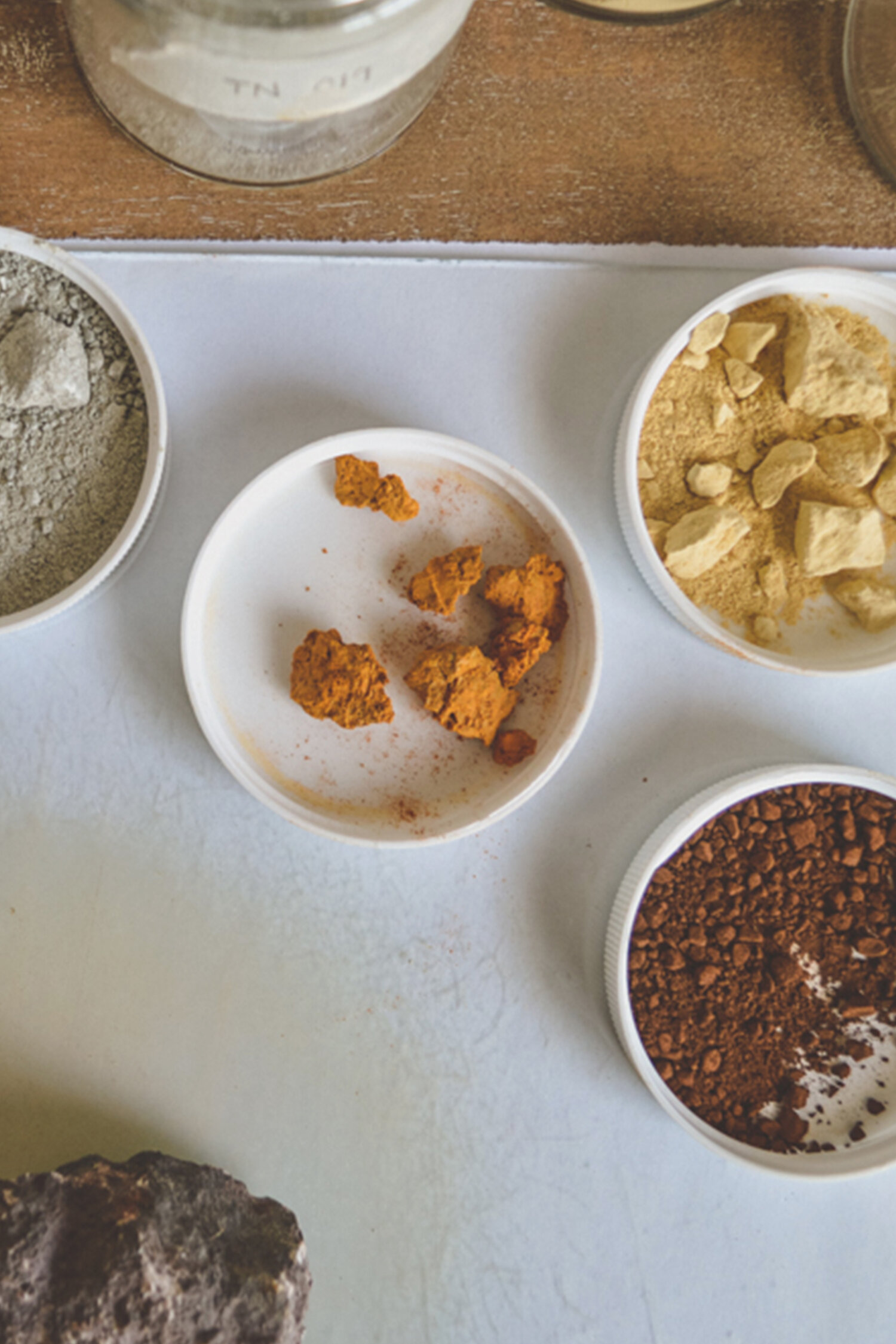Hey everybody, glad to have found your forum here! I'm a woodworker and use various crushed materials including soapstone as inlay substrate in some of my pieces, and I thought I'd venture out into the mineralogy world to see if I might find some advice. I'm in search of new color tones of the blue and green type but I'm unfamiliar with what minerals might be of use to me. Would you have any suggestions for what minerals I might take a look at for future potential color sources? Dark / solid hues tend not to work as well with the natural wood colors, but the medium hues certainly do. A material need not be as soft as soapstone to be useful, just crushable (if that's even a word).
Thanks, I'm all ears!
Hi Rob... mica... it's a flaking silica stone, if you are in an area with big deposits, you can find big chunk pieces and peel layers off with your thumbnail. In the old days, they used to mine it in sheets, because it is translucent and comes in a variety of colours, especially purples and blues it was used as window panes for old cast iron wood stoves and lamps and such. When you're walking along a fresh water beach, it is usually what is making the sparking reflections in the sand... tiny, tiny flakes.... it is a very soft mineral so it gets ground fine by erosion and such. If you have any of it in your area, you've seen it for sure and know what I'm talking about.
Not sure what application you might get out of it for woodworking, but I have used it in oil painting... collecting larger flakes and grinding them to fine powder with a pestle and mortar and mixing them into the top layers of glazes. When the paint dries, they give a sparkle like the glass bead in the reflective paint on highway lines.
Also... don't forget the earth tone pigments.... the umbers, the iron oxides, the yellow and red ochres, the raw and burnt siennas, the cobalts, even Naples Yellow.... all these pigments are ground from minerals and are some of the longest lasting.... cripes, the cave paintings they found in the 1900's, they were all painted who knows how many thousands and tens of thousands of years ago with the same minerals they are still making paint out of today.
In wood working, I often use oil paints as the pigment base for staining projects, wooden boxes, old axe head handles and such, especially stuff I'm restoring, that kind of thing.... I thin a bit of paint out of the tube way down with mineral spirits, watery thin, and brush it on a project and let it soak into the wood and evaporate dry, 3 or 4 layers on top of each other to build up the colour gradually... let it dry between coats, don't take long, and then overnight. Then I give it a polish with a beeswax/linseed oil/pine tar polish (easy to make)... the wood and the grain glow through and with a heat gun and a pit of polishing with a soft rag, you can make the finish look like it's been hand and weather worn for a 100 years.
cheers mate,
s.
mica:
https://mineralseducationcoalition.org/minerals-database/mica/
earth tone pigments:
Natural Earth Pigments are lush, they hold color in a unique way, not like any other. They are textural and reflect fragments of light, revealing the true beauty of iron. They are deep, full of secret beauty. They hide in earth crevices emitting energy waiting for discovery.

www.laurensauder.com

